Directions (1-5): In the question below are given three statements followed by the conclusions. You have to take the given statements to be true even if they seem to be at variance with commonly known facts. Read all the conclusions and then decide which of the given conclusions logically follows from the given statements disregarding commonly known facts.
Q1. Statements: Only a few Friends are Family. All Family is Relatives. No Relatives are Enemies.
Conclusions:
I. Some Friends are not Family
II. No Enemies are Family.
(a) Only conclusion I follows.
(b) Only conclusion II follows.
(c) Either conclusion I or II follows.
(d) Neither conclusion I nor II follows
(e) Both conclusion I and II follow.
Q2. Statements: All Wires are Cables. Only a few Cables are Pipes. Only a few Pipes are Strings.
Conclusions:
I. Some Wires are Strings.
II. No Wires are Strings.
(a) Only conclusion I follows.
(b) Only conclusion II follows.
(c) Either conclusion I or II follows.
(d) Neither conclusion I nor II follows
(e) Both conclusion I and II follow.
Q3. Statements: Only a few Doctors are Police. All Police is Nurses. Only a few Nurses are Surgeons.
Conclusions:
I. All Doctors are Nurses.
II. No Surgeons are Police.
(a) Only conclusion I follows.
(b) Only conclusion II follows.
(c) Either conclusion I or II follows.
(d) Neither conclusion I nor II follows
(e) Both conclusion I and II follow.
Q4. Statements: Only a few Cars are Trucks. Only a few Trucks are Trains. All Trains are Cycles.
Conclusions:
I. Some Trucks are not Trains.
II. No Cars are Cycles.
(a) Only conclusion I follows.
(b) Only conclusion II follows.
(c) Either conclusion I or II follows.
(d) Neither conclusion I nor II follows
(e) Both conclusion I and II follow.
Q5. Statements: Only a few orange is peach. No peach is banana. All guavas is bananas. Some oranges are litchi.
Conclusions:
I. All litchi being banana is a possibility.
II. All peach is orange.
(a) Only conclusion I follows.
(b) Only conclusion II follows.
(c) Either conclusion I or II follows.
(d) Neither conclusion I nor II follows
(e) Both conclusion I and II follow.
Directions (6-10): Study the following data carefully and answer the questions accordingly.
In an artificial language,
‘Careful decision not good’ is written as ‘ug db nr xe’.
‘Success good create problem big’ is written as ‘br cs at db mi’.
‘Big decision involve risk’ is written as ‘py mi xe kr’.
‘Careful risk create success’ is written as ‘at kr ug cs’.
Q6. What is the code for ‘careful’ and ‘success’ respectively?
(a) ug and cs
(b) ug and at
(c) kr and ug
(d) Cannot be determined
(e) None of these
Q7. If the code for ‘careful decision create not risk’ is coded as ‘kr xe at nr ug’ then what is the possible code for ‘good success big responsibility’?
(a) db cs za py
(b) mi za db cs
(c) cs at mi za
(d) kr cs mi at
(e) None of these
Q8. What is the code for ‘create’?
(a) cs
(b) at
(c) Either ‘(a)’ or ‘(b)’
(d) Either ‘(e)’ or ‘(b)’
(e) kr
Q9. If the code for ‘big’ is interchanged with the code for ‘create’ and then ‘big question’ is coded as ‘at sd’ then what is the possible code for ‘success question meaningful’?
(a) cs at pb
(b) sd pb cs
(c) mi sd cs
(d) sd pb at
(e) ug at cs
Q10. What is the code for ‘Involve’?
(a) mi
(b) py
(c) Either ‘cs’ or ‘at’
(d) Either ‘py’ or ‘at’
(e) nr
Directions (11-15): Study the following data carefully and answer the questions accordingly.
Twelve people are sitting in two rows. In row 1 – M, N, O, P, Q, and R are sitting facing the south direction and in row 2 – T, U, V, W, X, and Y are sitting facing the north direction but necessarily in the same order. Two people sit between U and W, who sit at the right end. The one, who sits opposite U, sits near N. Two people sit between M and N. Q sits immediately right of P and none of them sit opposite U. V sits second to the right of Y. Y does not sit opposite R. X does not sit opposite M.
Q11. Who among the following sits diagonally opposite T?
(a) O
(b) M
(c) N
(d) Q
(e) None of these
Q12. How many people sit to the left of the one, who sits opposite T?
(a) Three
(b) Two
(c) Four
(d) Five
(e) None of these
Q13. Who among the following sits third to the left of V?
(a) U
(b) T
(c) W
(d) X
(e) None of these
Q14. Who among the following sits to the second to the right of R?
(a) N
(b) Q
(c) M
(d) P
(e) None of these
Q15. Four from the following are similar in a certain way and forms a group. Find out the one, which does not belong to that group.
(a) M
(b) W
(c) T
(d) P
(e) Y
Solutions
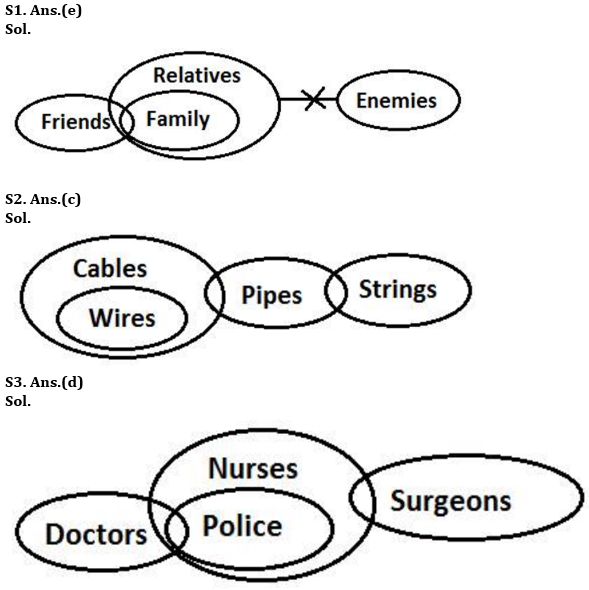
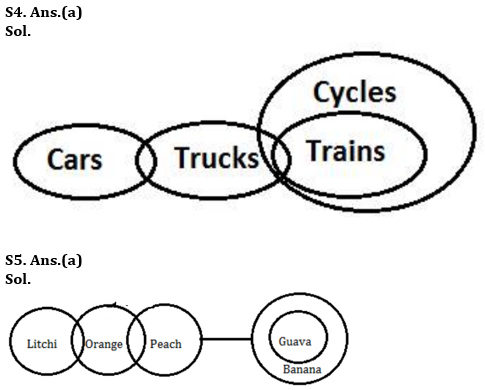
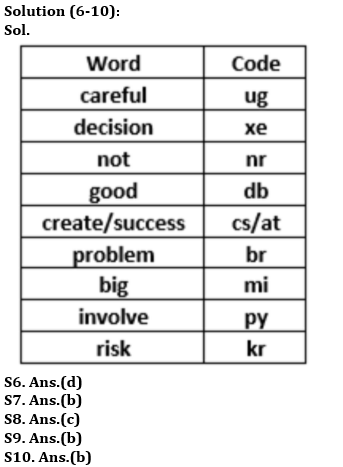
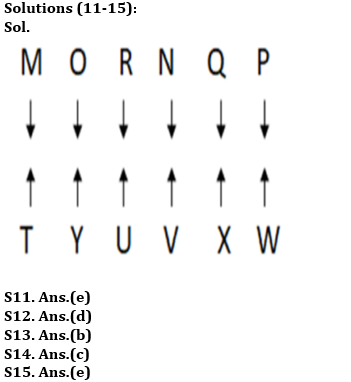


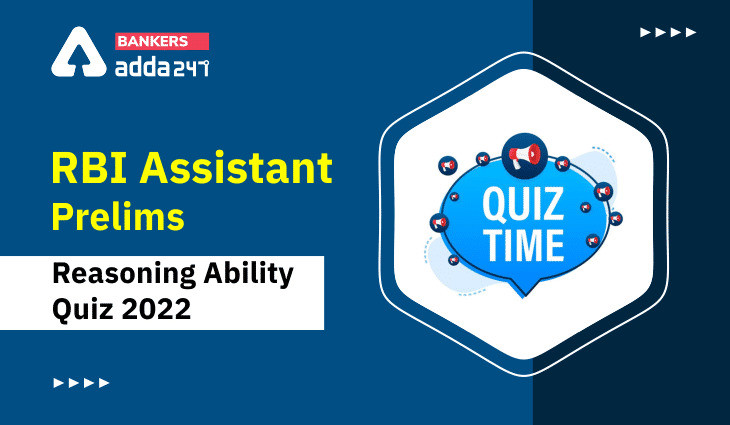


 GA Capsule for SBI Clerk Mains 2025, Dow...
GA Capsule for SBI Clerk Mains 2025, Dow...
 The Hindu Review October 2022: Download ...
The Hindu Review October 2022: Download ...
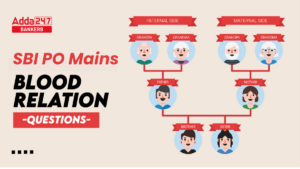 Important Blood Relation Questions for S...
Important Blood Relation Questions for S...





